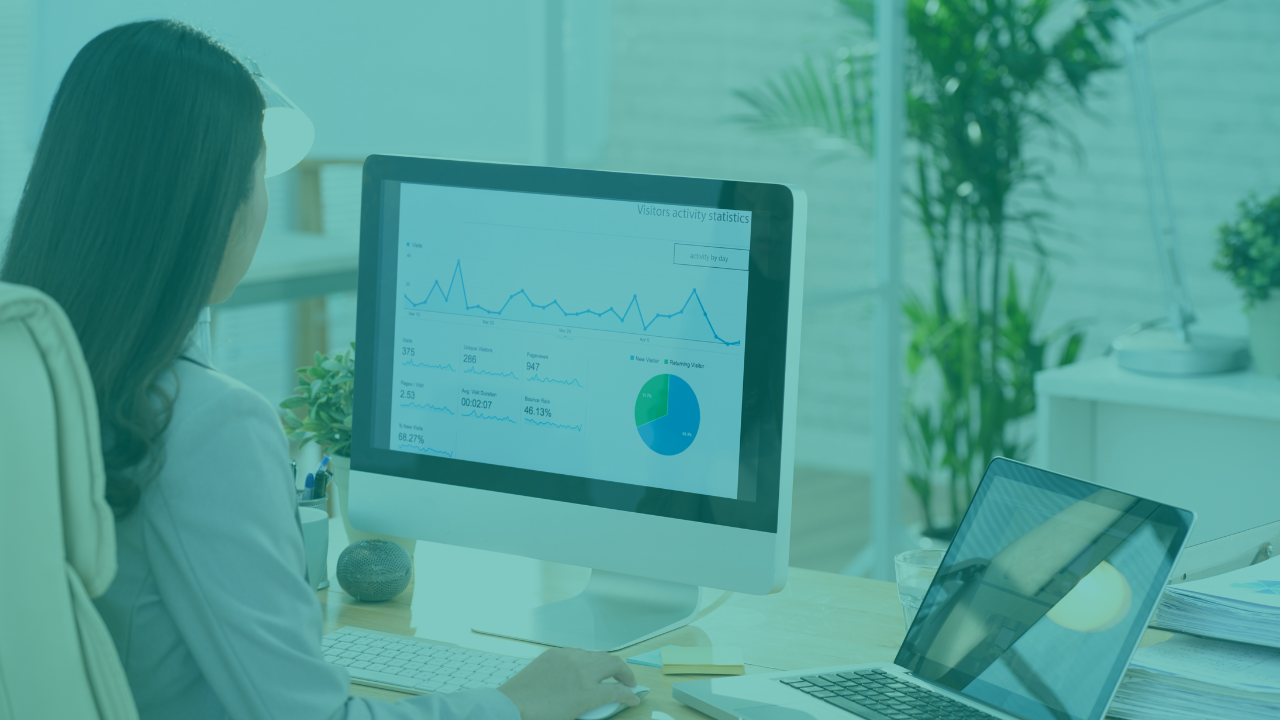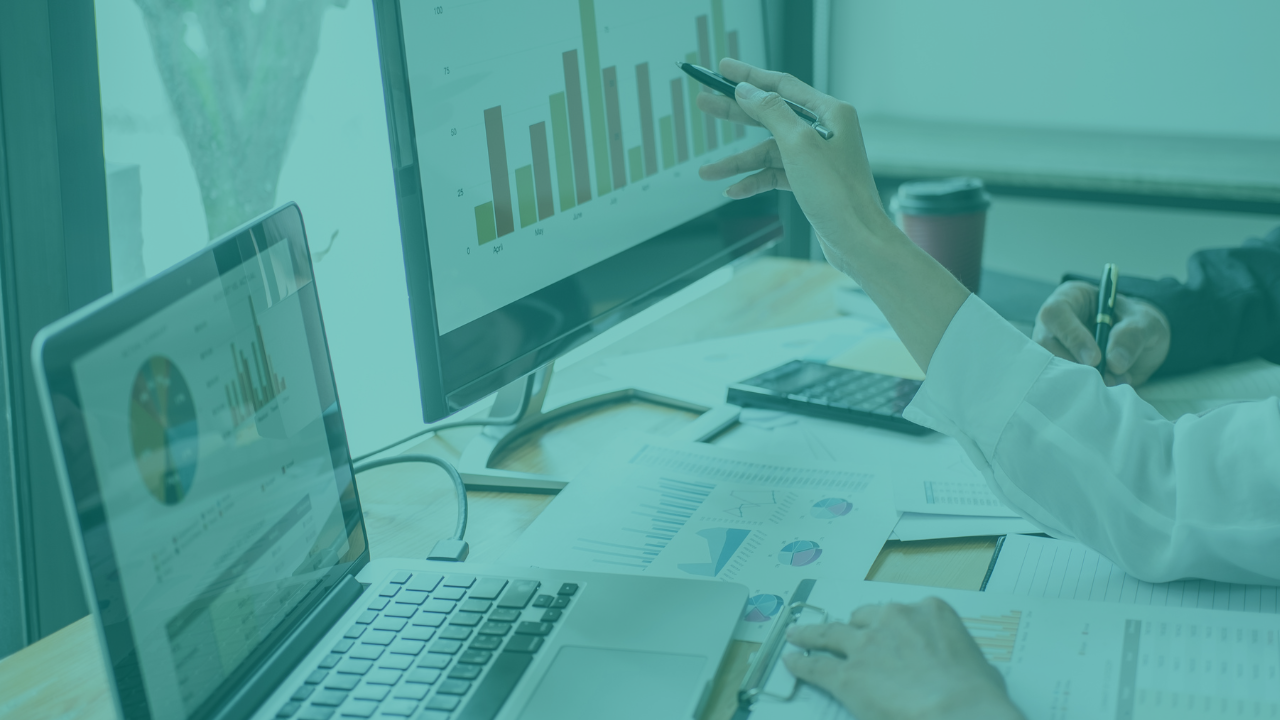Exploit Planning & Budgeting Software’s General Ledger
The Importance of an Integrated GL
In a recent post, I brought up the need for a GL (General Ledger) integrated into the planning and budgeting software and resembling an actual accounting software GL. We saw that the benefits are great, and the entire budget process with the insight gained from its reports can transform the way companies value the budgeting process output in a profound way that enables management to clearly see and understand the data, resulting in making sound decisions supported by this reliable and timely data.
Every accounting system, whether completely manual (anyone seen one of those lately?), or integrated into a complete ERP solution, employs a General Ledger (GL) at its core. The GL is the last stop where data from the entire organization finds its way into pre-defined accounts, sorted into the various business units (reporting entities) where individual reports as well as consolidated, rolled-up reports can be produced. It is the GL that allows financial statements to be produced and distributed to users. These financial statements (Income Statement, Balance Sheet, and Statement of Cash Flows, plus other reports) deliver the performance of the organization during the reporting period as well as its financial position at the time the reports were published.
The Need for Forecasted Financial Statements
If actual accounting period financial statements are relied on to convey a story to their users, shouldn’t forecasted financial statements be available to company management to aid in making decisions that will help the organization achieve its strategic and operational goals? Here’s where a GL integrated into the planning and budgeting process can be invaluable.
In my work with planning and budgeting systems, I have only seen one system that employs a GL at its core: Budget Maestro from Centage Corporation. I am certain that other software vendors are working on such an approach since it is the only sensible way to be able to arrive at a complete set of future period financial statements, all synchronized with one another, where the Income Statements, the Balance Sheet, and Statement of Cash Flows update in real time in response to changes in any component of the budget itself.
How to Properly Use the Planning and Budgeting Software
The secret to properly using the planning and budgeting software is to mirror your actual GL Chart of Accounts in your budgeting software, assuming it has a built-in GL (similar to Budget Maestro’s GL mentioned above). Then, when you assign the appropriate GL accounts to the various budget records (e.g. Revenue, Cost, OpEx, Personnel, Assets, Debt, etc.), all activities projected through the budget process will cause transaction amounts to be included in system-generated journal entries, using these GL account assignments. This is similar to the actual accounting system making journal entries in the GL in response to actual accounting transactions.
From experience, I can say that all GL accounts must be present in the budgeting software. It is very frustrating to create a budget record, say, a sales forecast for a product, and realize when you are asked to select a revenue account or any other needed account, that the account you are looking for is not on the dropdown list because it was not loaded into the GL when you set it up. So, make sure all GL accounts are present and properly classified for reporting purposes.
Setting Up the Chart of Accounts
In Budget Maestro, the setup of the Chart of Accounts and the grouping of all GL accounts into their proper groups and under the right reporting entities is very simple and intuitive. Most of the work can be done through uploads from company-supplied templates. A good number of popular accounting system GL’s can be linked directly into Budget Maestro via Link Maestro, another Centage product.
The Future of Planning and Budgeting
Whether you are looking to upgrade from an existing planning & budgeting solution or starting from scratch, I strongly urge you to look at a solution that is GL-based, one that mimics the operation of your actual accounting GL and with the ability to link it to the budgeting solution’s GL. The results will transform your budgeting process and allow management to receive complete and accurate forecasted financial statements, automatically derived from the budget. Analysis of actual results vs. budget can happen in almost real time.
I truly believe this is the future of the planning, budgeting, and forecasting process, and all indications are that progressive CFOs and finance managers are leaning in that direction.
Keep reading...
Interviews, tips, guides, industry best practices, and news.


